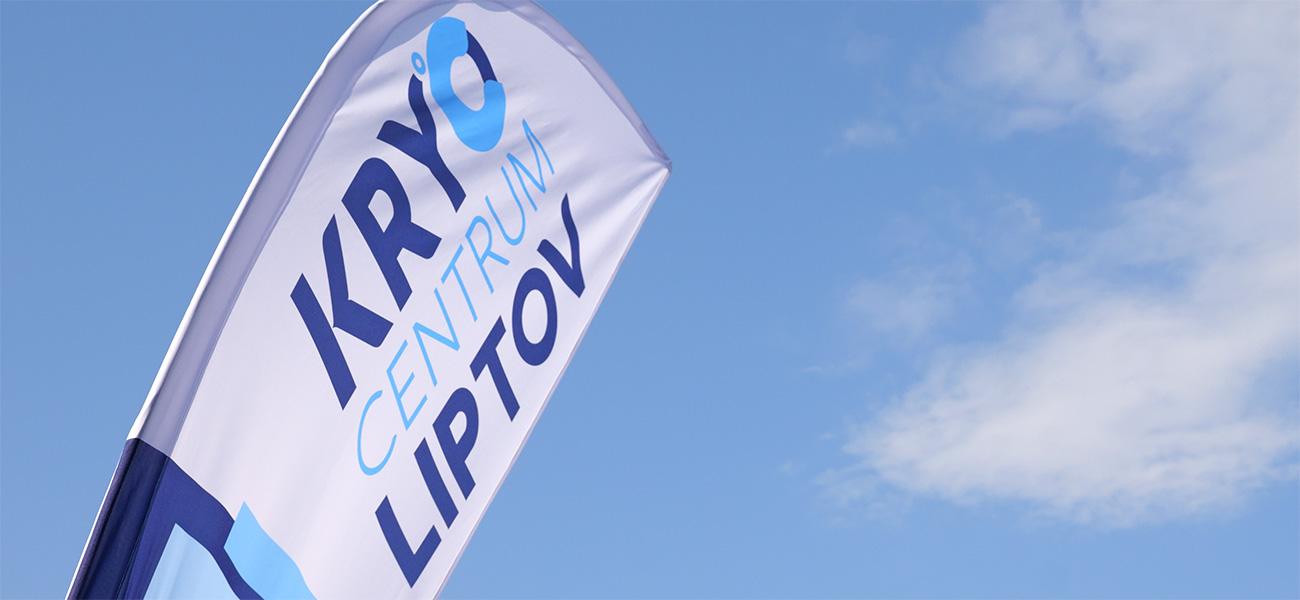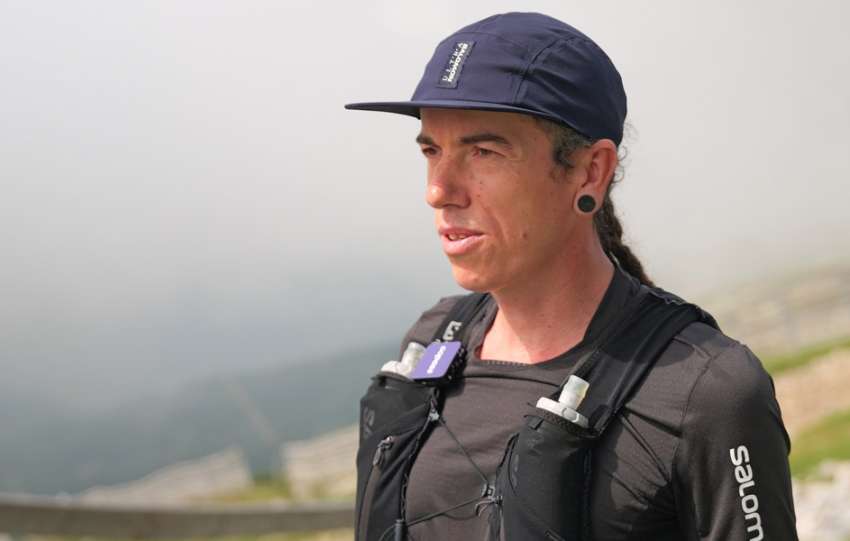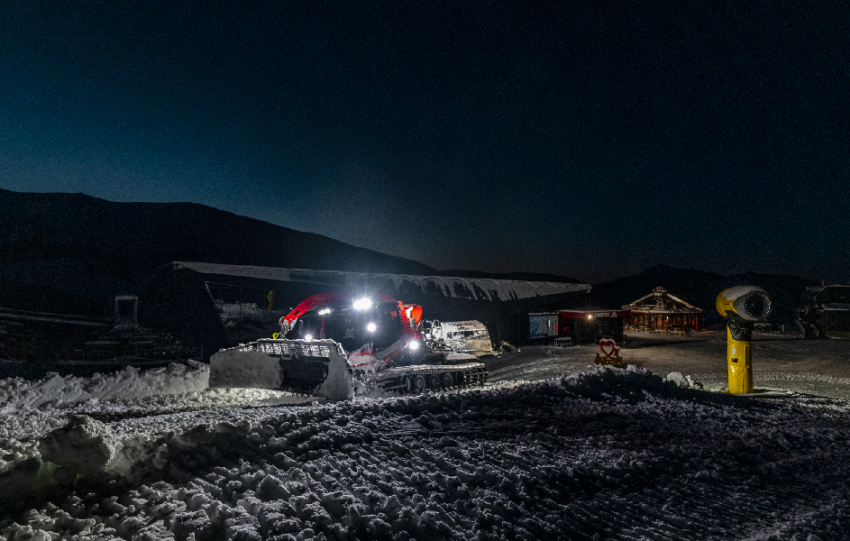Share This Article
We had the chance to experience real cold (and we mean seriously cold) in the cryochamber at Kryo Centre Liptov. What made us do it? Mainly curiosity, we wanted to see if we could handle such extreme cold and what three minutes in a cryochamber that’s known for its health benefits would do to us. Was it manageable? Absolutely! After completing the whole session, we were already planning a next one.
People travel from far and wide to visit Kryo Centre Liptov. While in the changing room, we spoke to a retired lady who had been using the cryochamber for three years and couldn’t praise it enough: “My joints don’t ache, I hardly ever get ill, and the euphoria you’re about to feel…” So we got ready and went to try -120°C for ourselves.
Why do people use cryochambers, who is cryotherapy suitable for, what are the benefits, how does it compare to cold water therapy, and why are a headband and a face mask so important? We’ve got all the answers for you.
Benefits of cryotherapy
- Muscle recovery before and after sports performance.
- Promoting active circulation, which boosts metabolic function.
- Helping relieve joint pain and reduce inflammation.
- Supporting the treatment of skin conditions such as psoriasis or atopic eczema.
- Speeding up skin healing after cosmetic and plastic surgery.
- Providing relief from back pain, stiff neck and cervical spine problems.
- Improving mobility in stiff joints.
- Shortening recovery time from musculoskeletal injuries and speeding up rehabilitation after surgery.
- Strengthening the immune system, which helps speed up recovery after illness.
Cryotherapy has truly wide-ranging benefits, which makes it suitable for a broad spectrum of people – whether you’re a professional athlete, a mum caring for children or someone with a sedentary job. Time spent in a cryochamber can significantly improve your overall quality of life. It’s a great preventive measure and can also help treat various health conditions.
What happens during a cryotherapy session?
Before entering, the trained staff kindly explained the whole process in detail and walked us through each step. We had an initial check-up, which included measuring our blood pressure and body temperature, and we filled in a questionnaire about contraindications. We then headed to the changing rooms, which are divided into male and female sections, and changed into the prescribed and recommended clothing. The cryotherapy outfit includes: a headband to cover the ears, a face mask, a cotton vest, shorts, socks and wooden clogs. This gear reliably protected us from frostbite.
Dressed like this, we first entered the initial cryochamber for 30 seconds, where the temperature was -60°C. This allowed our bodies to adapt to the cold. Then we passed through to the next chamber, where we were exposed to -120°C. After the session, we spent five minutes doing cardio on a stationary bike to warm our bodies up again. Kryo Centre Liptov also offers skipping ropes and a pull-up bar for warming up.
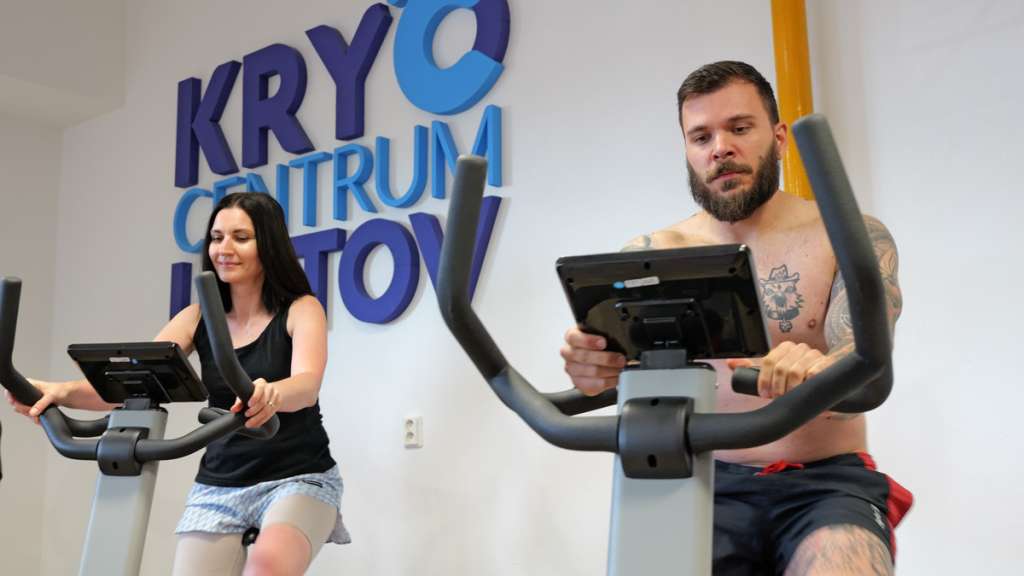
How many cryotherapy sessions should you have?
The number of sessions you need depends on what you’re hoping to achieve. If you just want to recover your muscles before or after sport, a few sessions are usually enough. For chronic pain, though, more regular sessions are needed to achieve the desired results. If your main goal is to boost your immune system and improve your overall health, the best is to include cryotherapy as part of your regular routine. Consistency is the key – that’s when it becomes a pleasant and effective habit.
Can cryotherapy be compared to cold water therapy?
The cold in the cryochamber is stable and consistent – the temperature is always -120°C, which is a big advantage over natural bodies of water where the temperature changes throughout the year. In the cryotherapy centre, your body is exposed to dry cold, which feels much more pleasant on the skin than cold water. You don’t have to endure the uncomfortable dampness or spend long minutes in an ice bath. The short session time is another benefit – just a few minutes in the cryochamber is enough to feel the benefits that would take much longer to achieve with cold water therapy.
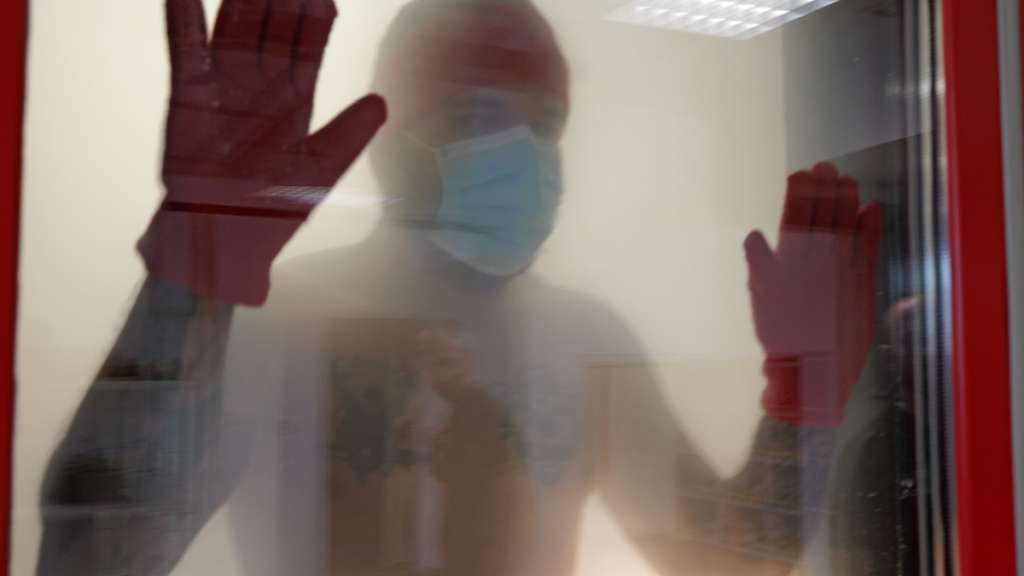
Who is cryotherapy suitable for, and who should avoid it?
Cryotherapy are suitable for children from the age of four to pensioners. However, people who are unsure about their health condition should consult a medical professional before visiting a cryochamber. Cryotherapy is not suitable for people with cold allergies, Raynaud’s syndrome or certain cardiovascular diseases. Not all cardiovascular conditions are automatically excluded though, so it’s always best to speak to your doctor first.
Become a Gopass Partner! Gopass opens the door to external collaborations
Our goal is to create comprehensive value for visitors – from experiences and accommodation to events, services, and local business products. Promote your events, services, and experiences on Gopass.
